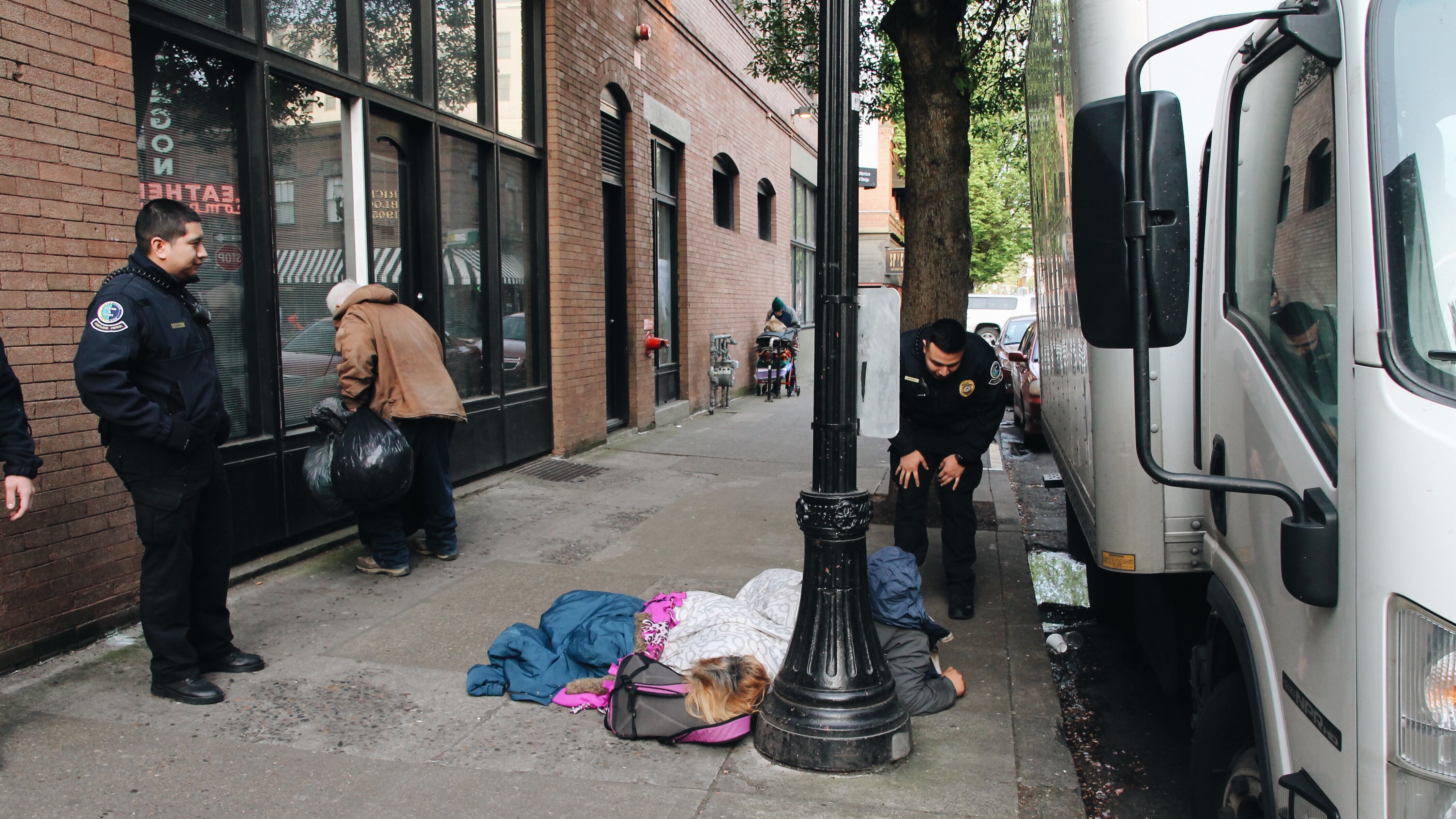Thirty-seven percent.
That's the size of the increase in the past two years of the number of Portland-area homeless people whose presence on the streets has probably been the most visible.
In counts tallied by Multnomah County, these people are classified as "chronically homeless." That means they've been without housing for more than one year in the past three years and have a disabling condition.
In 2017, 1,290 homeless people in Multnomah County—on the streets, in shelters or in traditional housing— fit that definition. By this February, that number rose to 1,769.
That begins to explain why Portland's homelessness seems more prevalent, even though the number of people without homes has actually declined by 3.9 percent since 2017. Even as numbers remain basically flat, the share of people in the most dire condition has grown.
About 67 percent of people living on the streets are chronically homeless. That's also up from 55 percent two years ago.
Elected officials say they need more money for mental health and addiction services to go along with affordable housing. "A lot of people, the people called out in the Point-in-Time count, need more than just the keys to an apartment," says Multnomah County Chairwoman Deborah Kafoury.
